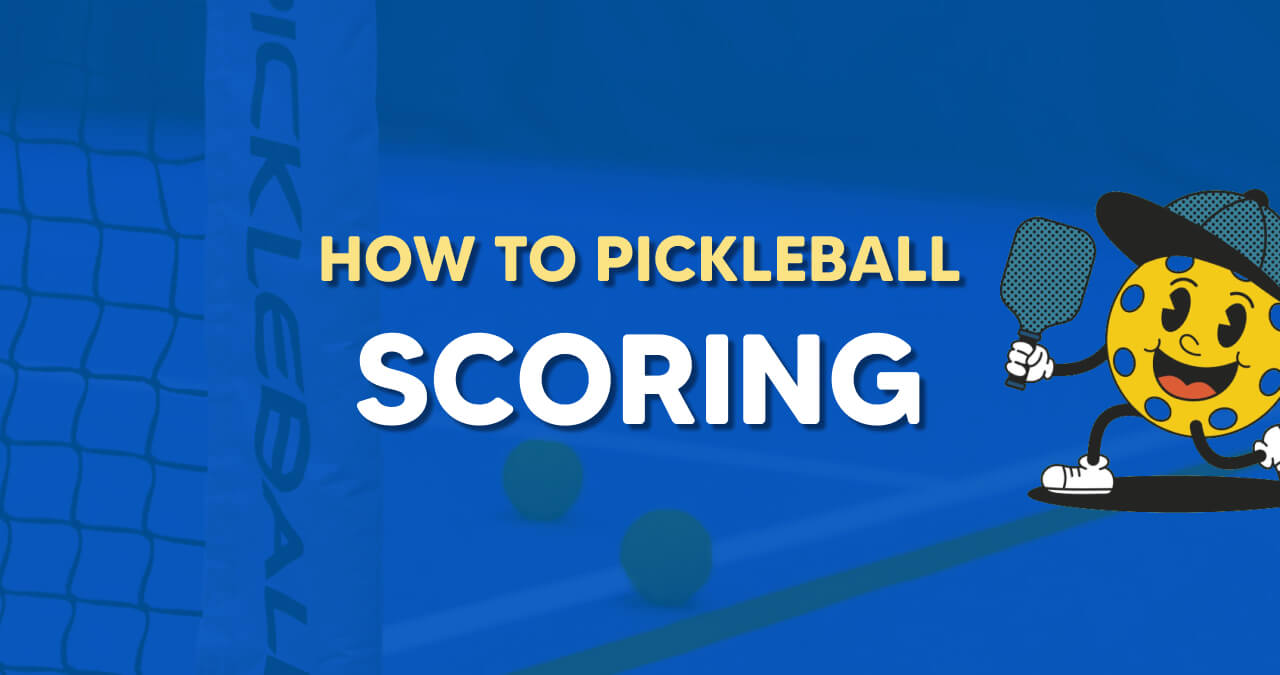Navigating the scoring system in pickleball can often feel like deciphering a complex puzzle, particularly if you're new to the game.
The pickleball score consists of three distinct numbers, each holding a crucial piece of information that determines the flow of the game and serves as a guide for players.
In this article, we'll unravel the intricacies of pickleball scoring and shed light on how this numbering system functions seamlessly within the game.
Demystifying Pickleball Scoring
Understanding pickleball scoring necessitates grasping the significance of each of the three numbers:
- Your Team's Score: The initial number represents your team's cumulative score, indicating the points you've won throughout the match.
- Opponent's Score: The second number signifies your opponent's amassed points, highlighting their progress in the game.
- Serve Position: The third and potentially perplexing number determines the serving order, either 1 or 2. This aspect becomes pivotal in pickleball doubles, where both players on a team take turns to serve.
Serve Rotation and Its Intricacies
Maintaining clarity about serve rotation is crucial, especially in doubles, as it influences the pacing and momentum of the game. Here's how serve rotation works and why it might initially seem odd:
- Player Identification: Due to the switch in sides after every point, it's not feasible to rely solely on court positioning to determine the serving player. As a result, understanding the serving order is paramount.
- Announcing Serve Position: Assume you're the one serving, and your team's score stands at 2 points while your opponent has 1. To indicate that you're the initial server, you would announce the score as "2-1-1."
- Transition After Losing a Point: When your team loses a point, the serve moves to your partner. Consequently, your partner would declare the score as "2-1-2." The 2 here signifies your team's score, the 1 represents your opponent's score, and the 2 signifies the serve position.
- Side-Out and Alternating Serve: In pickleball, you only earn points while serving. Hence, when the serving team loses a point, it results in a side-out. The subsequent serve switches to the opposing team. To signify this, your opponent will articulate the score as "1-2-1."
The Exception: The Opening Serve
The exception to the established serve rotation rule is the very first serve of the game. This initiation of the game starts with the score as "0-0-2." The number 2 signifies that the starting serving team is only granted one serve, ensuring a balanced and equitable beginning to the match.
The Formula for Clear Communication
Navigating pickleball scoring becomes more intuitive with consistent communication using the following formula:
- Announce your team's score.
- State your opponent's score.
- Declare the serve position, which is either 1 or 2.
Embrace the Learning Curve
While pickleball scoring might initially appear intricate, remember that practice makes perfect.
As you engage in more games and become attuned to the rhythm of the scoring system, you'll find yourself effortlessly integrating this aspect into your gameplay.
Embrace the learning curve, and before you know it, you'll confidently announce the pickleball score, seamlessly contributing to the flow of the match.
